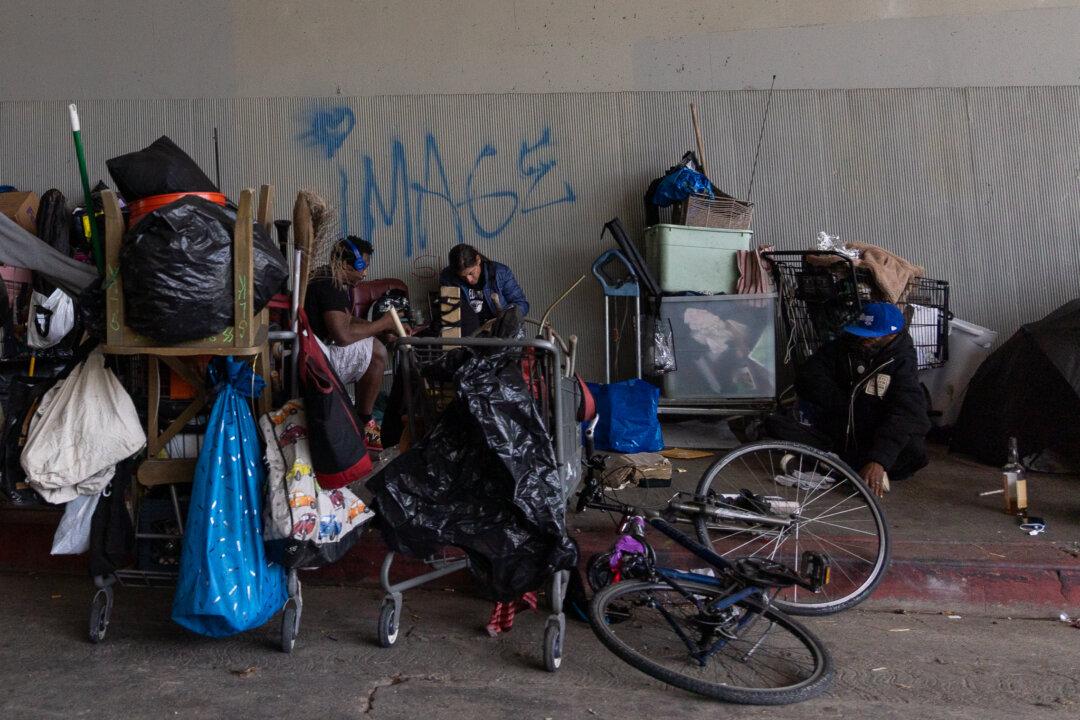Commentary
Responsible businesses do regular audits of their finances to see which areas are making money and which not. Families also do audits, if only at tax time to see how much they owe.

Responsible businesses do regular audits of their finances to see which areas are making money and which not. Families also do audits, if only at tax time to see how much they owe.